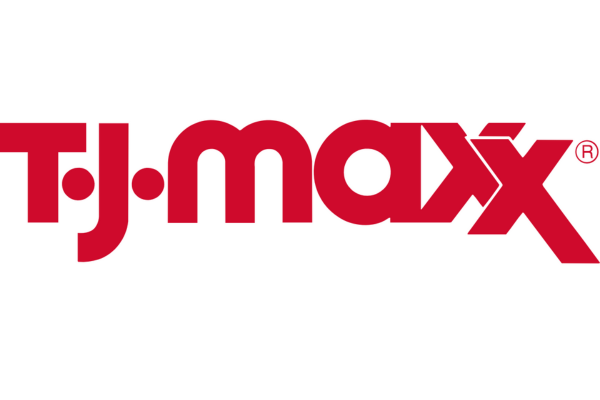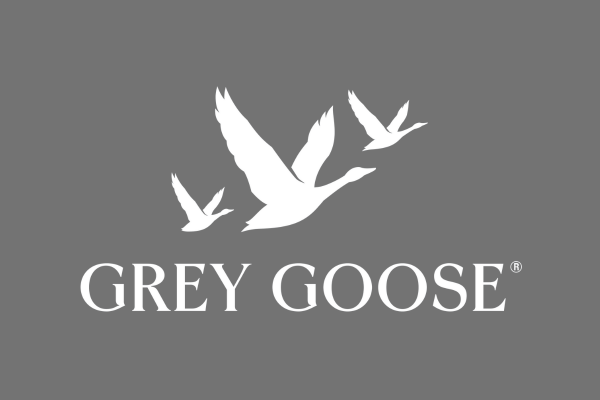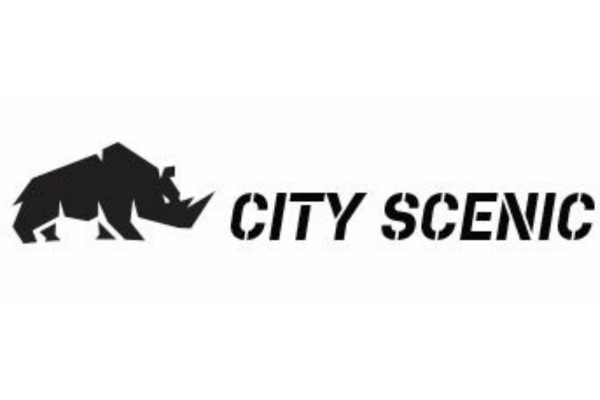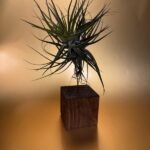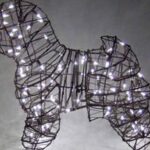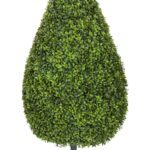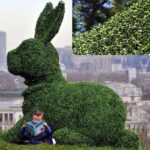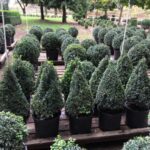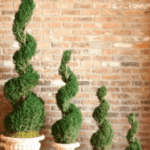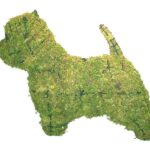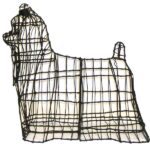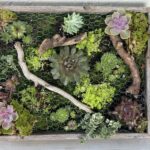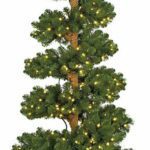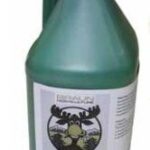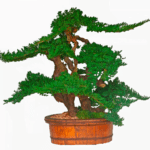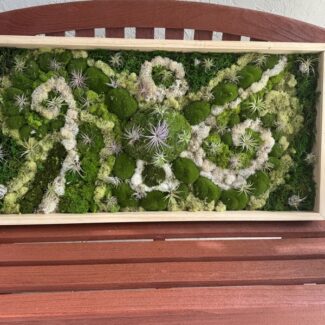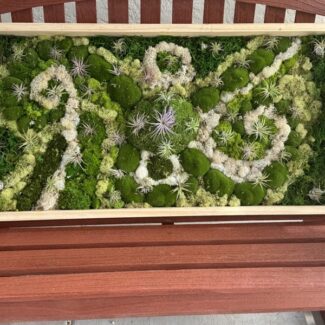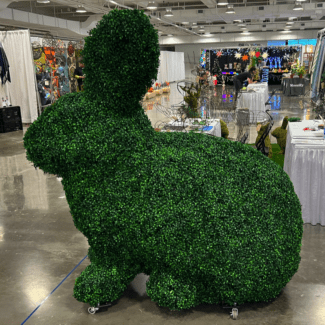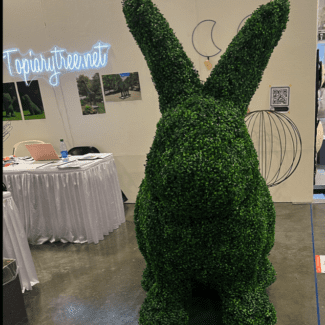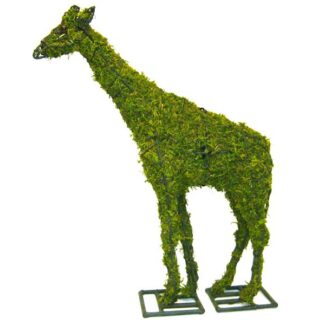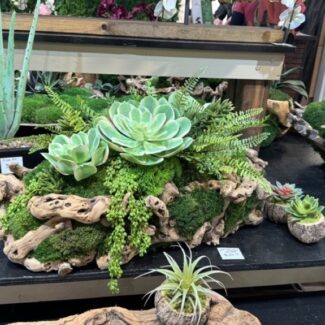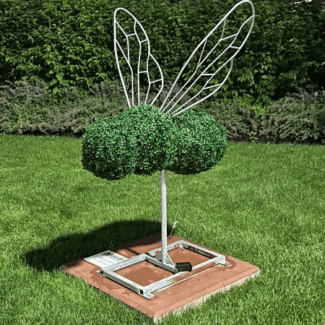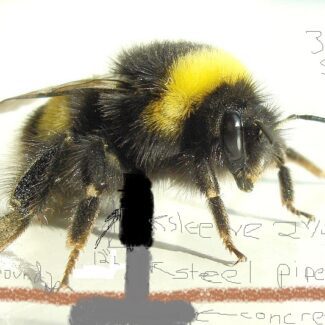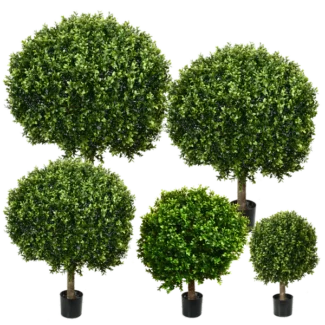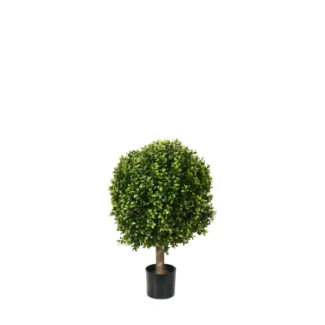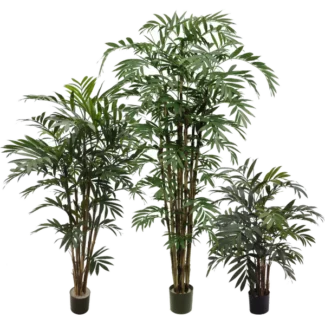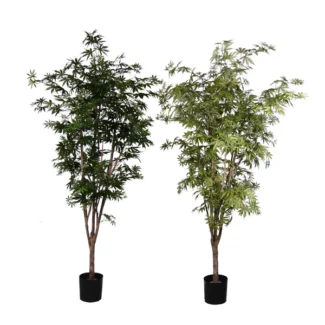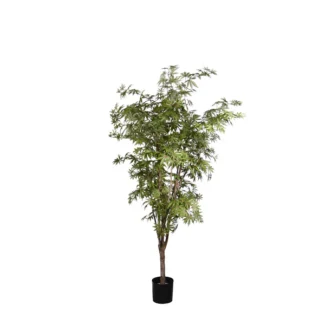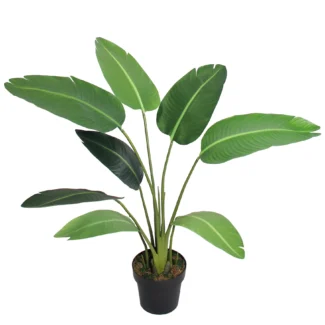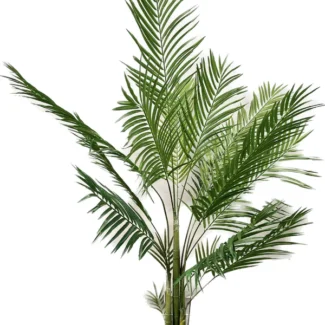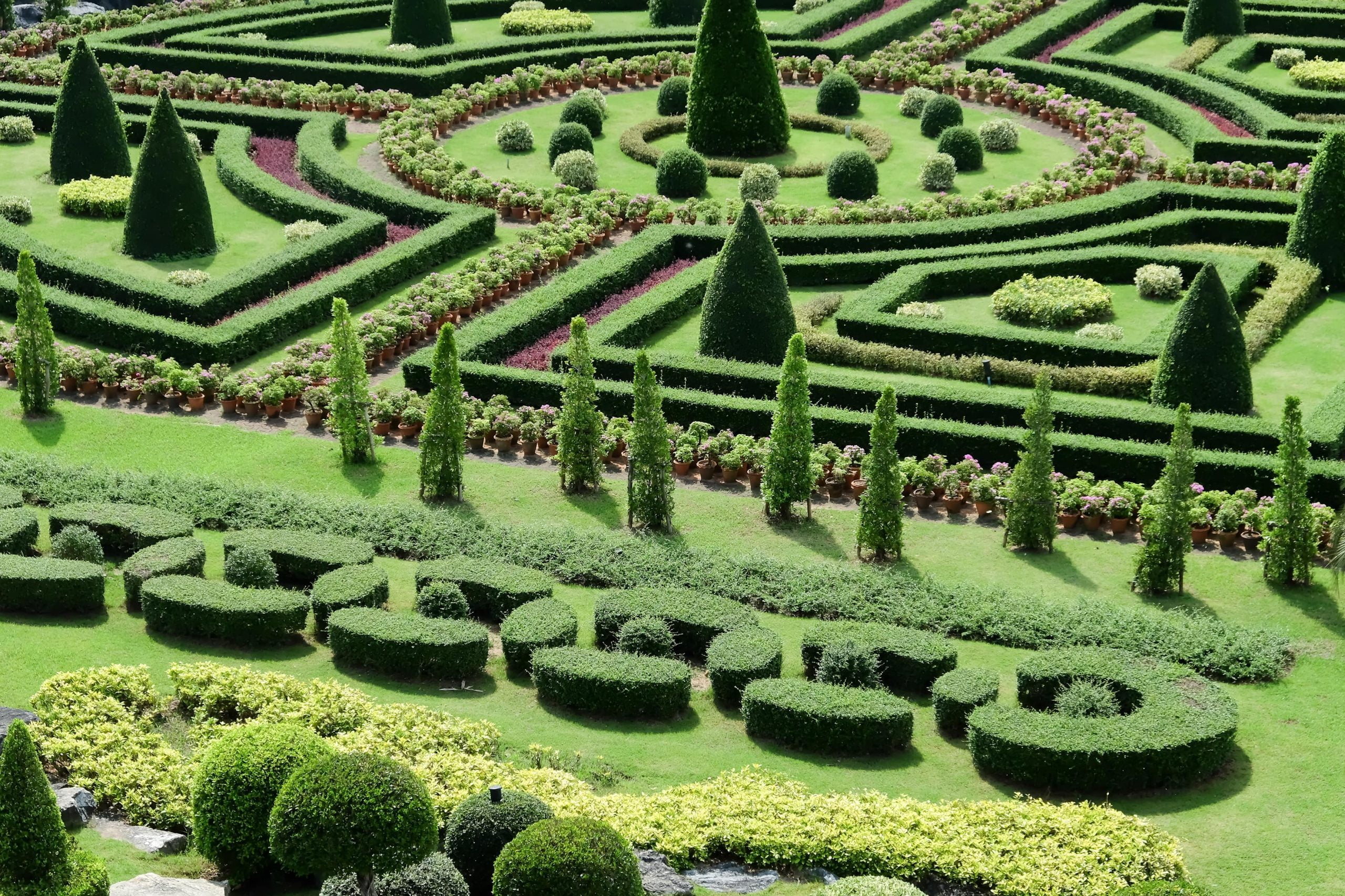
Topiary Artforms, Indoor - Outdoor Topiaries
Custom-Made Topiary Design and Fabrication
We make custom topiary designs and fabrication that transform topiaries into stunning sculptures using wire frames and meticulously shaped foliage. We specialize in large-scale topiary art, crafting durable structures that endure various weather conditions. Their designs incorporate UV- and fire-rated faux boxwood mat foliage, grass turf, or moss coverings, ensuring longevity and aesthetic appeal.
Extensive Topiary Selection and High-Profile Displays
We offer the most extensive selection of custom-made topiary forms, planters for topiary trees & live plants or trees that you can buy online for topiary gardening. Our product can be found all over the USA on display for major high-profile events, including Rockefeller Center!
Custom-Made Topiary Inspiration and Consultations
Explore our INSTAGRAM catalog of custom-made topiaries. If you are interested in a custom-made topiary or have questions, schedule an appointment or call us at @866-306-1020 to learn about the options in designing a topiary.
Artistic and Architectural Topiary Design
At TopiaryTree.Net, every custom-crafted topiary is designed to leave a lasting impression! Our shaping and design services turn ordinary plants into extraordinary living topiary sculptures that frame entrances, add character to landscapes, and introduce a unique focal point to any garden. While gardens naturally bring a sense of calm, topiary elevates them by adding structure, style, and a touch of whimsy.
Tradition and Function of Topiary Art
For centuries, topiary has captivated admirers with its artistic and architectural qualities. Iconic examples—such as the grand gardens of Versailles and the labyrinth at Compton Wynyates—showcase the depth of this tradition. At TopiaryTree.Net, we bring that same elegance and drama to your outdoor spaces.
Beyond their striking appearance, topiary sculptures serve practical purposes, helping to shape and organize garden layouts. Larger custom topiaries, such as pleached trees or sculpted hedges, can even enhance privacy and offer wind protection. Above all, they transform any garden into a meticulously designed, living masterpiece that reflects your creativity and personal style!
Topiary Sculptures That Add Elegance to Outdoor Spaces
Our Catalog
We have a wide selection of topiary that ranges from preserved boxwood topiaries to double pond cypress spirals. You can use our topiary to decorate your cottage garden, front yard, backyard, front doors, or anywhere else you have in mind. Many people who use topiary require outdoor lighting, but this doesn’t always have to be the case. We also offer faux topiary for indoor or outdoor options. Topiary plants in pots of your choice is a great decor idea.
Our Works
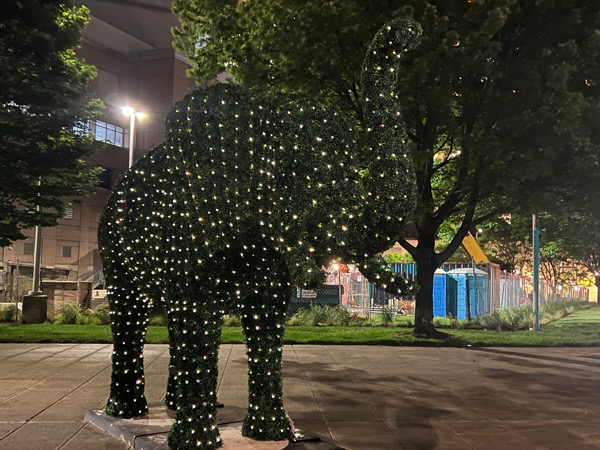
A Zoo of Large Scale Topiary Animals!!!
We were commissioned by Downtown Stamford to create 16 large scale topiaries for public art display! For the life-sized elephant topiary, see the below picture for day and night display via solar lighting. The frames for these topiaries are made with steel rods and tubing and have a galvanized finish that can withstand almost any outdoor environment. The foliage is UV-rated and Fire resistant with a 5-8 year no fade warranty, but can last twice as long before any maintenance is needed.
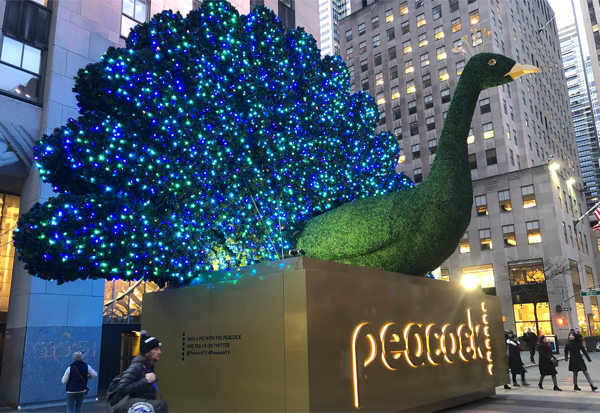
NBC Peacock
We are proud to share that we made the topiary peacock that was commissioned for the launch of the NBC Peacock streaming service. The peacock is for NBC and stands 24 feet tall. Let us help you with a large outdoor topiary!!
New in Store.
Latest Greens
NEW BOXWOOD BALL
NEW BAMBOO PALM
NEW MAPLE TREE
NEW TRAVELLER PALM
6′ 8′ NEW ARECA PALM
TOPIARY BLOGS
Custom Wire Topiary Frames for Large-Scale Sculptures: Challenges and Solutions
✨ Bring Your Outdoor Topiary Back to Life With Professional Restoration
Engineering Realistic Artificial Boxwood: Advances in Polymer Technology and Fabrication Techniques for Durable Landscaping
Architectural and Artistic Strategies for Creating Lifelike Animal Topiaries for Commercial and Residential Spaces
Our Partners

